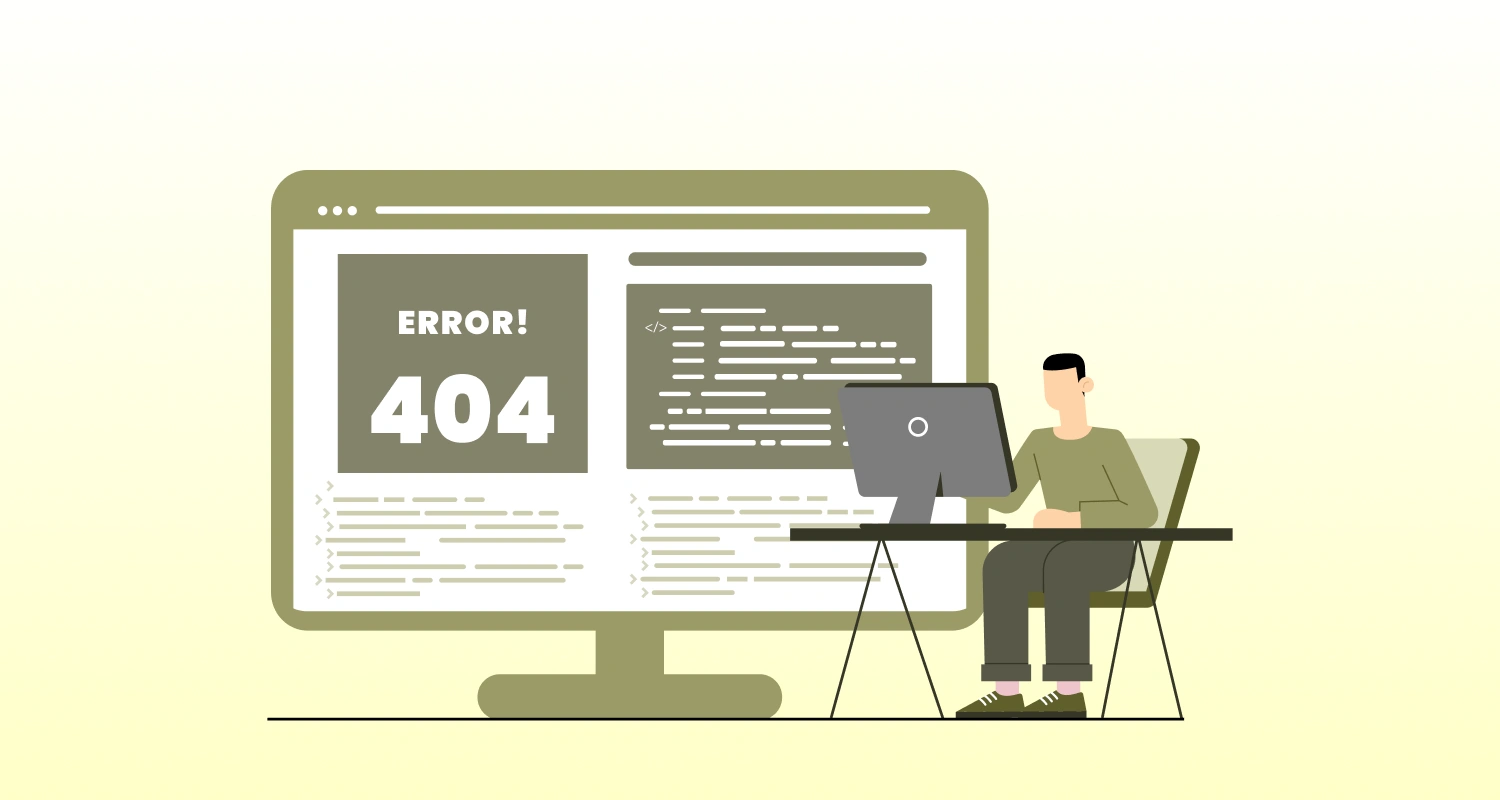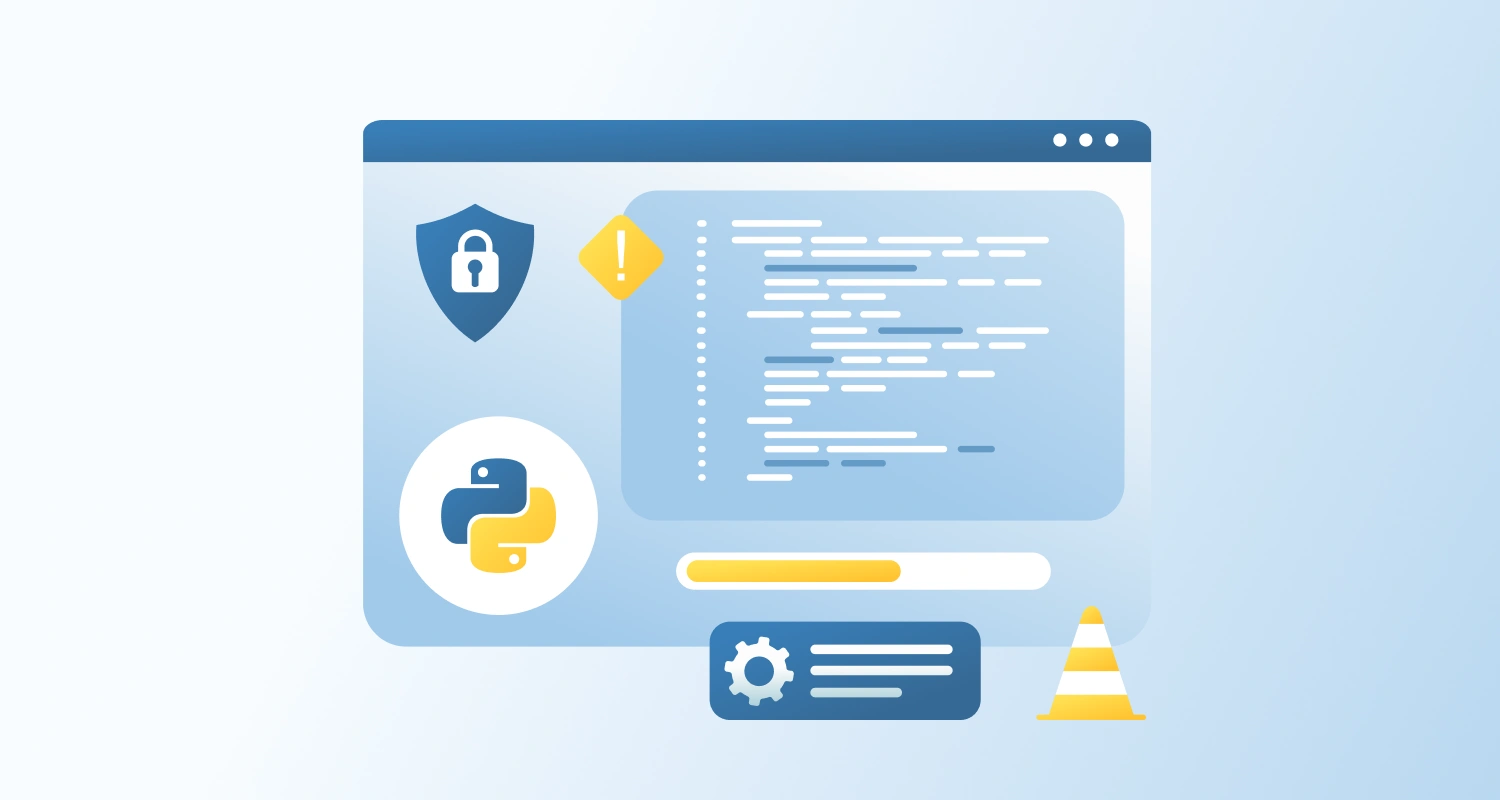Cross-Site Scripting (XSS) is one of the most dangerous vulnerabilities found in web applications, including WordPress. It allows attackers to inject malicious scripts into web pages that are then executed in the browsers of unsuspecting users.
This can lead to:
- Cookie/session theft
- Redirection to malicious sites
- Defacing content
- Unauthorized actions performed on behalf of users
What is XSS?
XSS typically occurs when user input is rendered back to the browser without proper sanitization or escaping. For example:
A comment field allows this script:
<script>alert('Hacked');</script>If the site displays it without escaping, all users who visit that page will execute the attacker’s script.
WordPress-Specific XSS Prevention Strategies
1. Escape Output Properly
Escaping ensures that any user-provided data is safely displayed in HTML, JavaScript, or URLs without being executed.
Use the appropriate WordPress escaping functions:
| Context | Function |
| HTML content | esc_html() |
| HTML attributes | esc_attr() |
| URLs | esc_url() |
| JavaScript | esc_js() |
| Textareas | esc_textarea() |
Example:
echo esc_html( $user_input ); // Safe for HTML display
2. Sanitize Input on Entry
Sanitization ensures unsafe characters or code are stripped from the input before storage.
Common functions:
- sanitize_text_field()
- sanitize_email()
- sanitize_user()
- sanitize_textarea_field()
Example:
$comment = sanitize_textarea_field( $_POST['comment'] );3. Use Nonce Verification for User Actions
Nonces (number used once) protect URLs and forms from unauthorized access and tampering.
Generate Nonce:
wp_nonce_field( 'secure_action', 'secure_nonce' );Verify Nonce:
if ( ! isset($_POST['secure_nonce']) || ! wp_verify_nonce($_POST['secure_nonce'], 'secure_action') ) { wp_die('Security check failed');
}This doesn’t directly prevent XSS but adds another layer to block forged submissions and exploits.
4. Use WordPress APIs and Functions
Avoid raw output of user data. Instead, use:
- the_title(), the_content(), get_the_excerpt() — these are automatically escaped properly.
- wp_kses_post() — allows only safe HTML tags (used in post content).
- wp_strip_all_tags() — removes all HTML.
Example:
$clean_content = wp_kses_post( $_POST['content'] );5. Disallow Dangerous HTML Tags
Even if you allow HTML, restrict the allowed tags and attributes using wp_kses():
$allowed_tags = array( 'a' => array( 'href' => array(), 'title' => array() ), 'br' => array(), 'em' => array(), 'strong' => array()
);
echo wp_kses( $_POST['comment'], $allowed_tags );6. Avoid eval(), innerHTML, and document.write() in JavaScript
These functions are vulnerable to injected scripts. If you must use JavaScript, use DOM-safe methods like textContent or setAttribute.
7. Keep WordPress and Plugins Updated
Outdated plugins and themes often contain XSS vulnerabilities. Keep all your components updated:
define( ‘WP_AUTO_UPDATE_CORE’, true ); // Optional: Enable core auto-updates
What NOT to Do
- Don’t output $_GET, $_POST, or user meta without escaping.
- Don’t trust input from admin users in plugins or themes.
- Don’t allow unfiltered HTML unless you’re 100% sure it’s safe (and ideally only for admins).
Summary
To prevent XSS in WordPress:
- Escape all output using functions like esc_html(), esc_attr(), etc.
- Sanitize all input before saving it.
- Use WordPress APIs like wp_kses_post() or wp_strip_all_tags().
- Use nonces for form security.
- Keep plugins, themes, and WordPress updated.
- Never render raw user input without processing.
XSS isn’t just a developer concern, it’s a threat to every site visitor. Preventing it is critical for protecting users and preserving trust.





